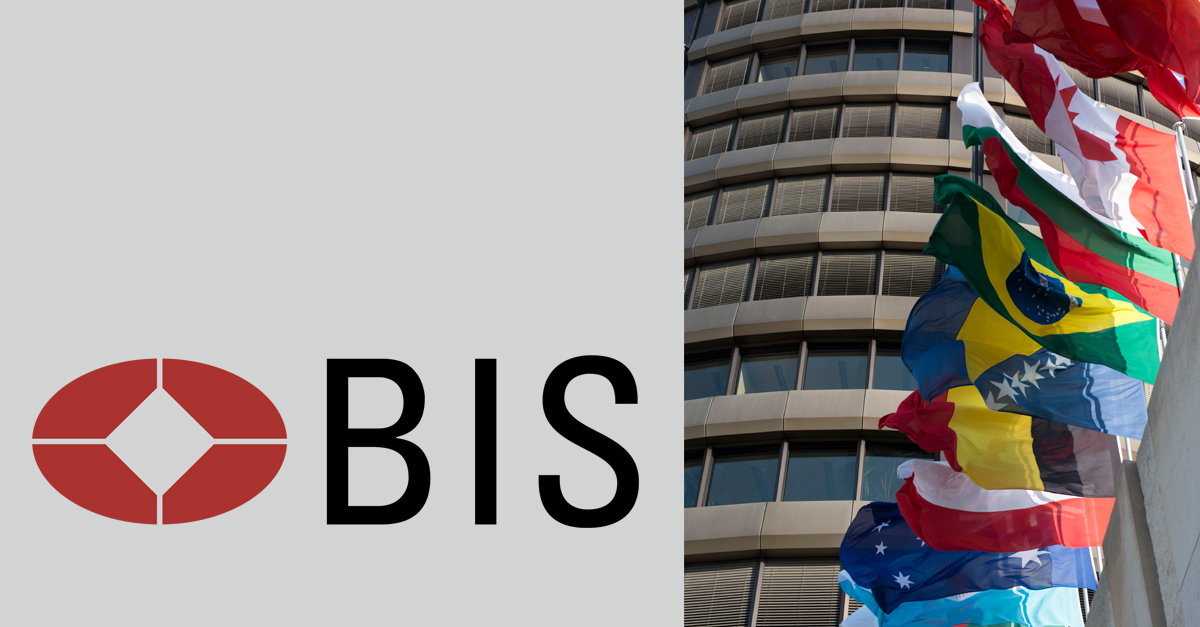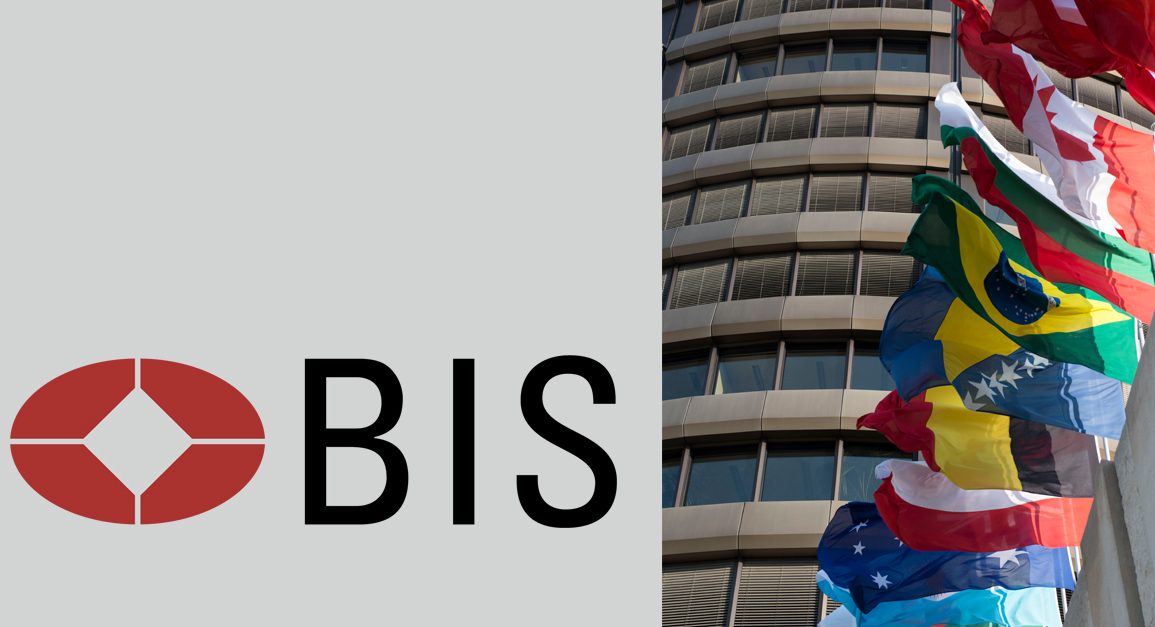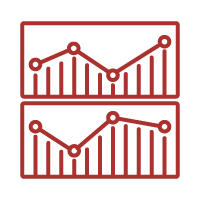
Summary
Focus
The neutral real interest rate, or r*, plays a central role in discussions about the stance of monetary policy. Existing estimates of r* focus predominantly on the interest rate that stabilises the economy at the business cycle frequency. However, recent recessions triggered by financial crises have highlighted the need for policymakers to consider not only business cycle stabilisation but also financial cycle dynamics. In this paper, we adopt a frequency-domain approach to estimate two distinct types of neutral rates: one that holds over the business cycle and another that applies to the financial cycle.
Contribution
Using band spectrum regressions, we estimate the business cycle r* and financial cycle r* for China, Japan, Korea and the United States, while also examining potential cross-country spillovers. To efficiently incorporate information from a wide range of variables related to r*, we condense these variables into a small number of factors, which we then use in the band spectrum regression.
Findings
Our estimates reveal that, within individual countries, central banks face a trade-off between addressing business cycle and financial cycle considerations when setting policy rates. At the international level, we find significant positive spillovers from the United States to the three East Asian economies, as well as spillovers from China to Korea and Japan.
Abstract
This paper provides new estimates of the neutral interest rate, or r*, with a frequency domain approach using quarterly data from China, Japan, Korea, and the US. Utilizing band spectrum regressions, we estimate two types of neutral rates, which hold over the business cycle and the financial cycle respectively. To account for uncertainty around estimates of r*, we derive confidence bands via a thick modelling approach. Our estimates share a few common features with existing published estimates. Consistent with prior research, a downward trend in r* is observed, although the trend becomes less obvious when uncertainty bands are factored in. Meanwhile, our findings offer novel perspectives on the neutral rate in the four countries examined. For individual countries, our estimates for the two types of r* do not always track each other, suggesting that central banks face trade-off between business versus financial cycle considerations when setting the policy rate. Across countries, we identify significant positive spillovers from the US to the three East Asia countries, as well as spillovers from China to Kora and Japan.
JEL classification: E58, E32, E42, E43, C54
Keywords: China, Japan, Korea, neutral real rate, time series and frequency domain modeling, band spectrum regression, financial cycle
The views expressed in this publication are those of the authors and not necessarily those of the BIS.







